There perhaps is already in circulation a certain kind of descriptive account of the main pillars of Buddhism, viz. Duhkha, Anatta or Nairatmya and Anityata together with superficial clue concerning interrelationship between them. However, there seems to be an utter lack of any account concerning any pillar which takes appropriate cognizance of the phenomenon of conceptual change, spells out defensible rationale of its acceptance and brings out the way it is connected with those of the other pillars. The present exercise deals with different issues concerning Anatta, considers its various aspects within the framework of the controversy between Buddhists and non-Buddhists on the hand and between adherents of sub-trends of Buddhism on the other. Analysing these features along with the sort of rationale by which they were backed, it also brings out some of the important consequences of the acceptance of Anatta, highlighting in the process at least two of them: opposition to substantialism – ontological or ontic – in any form and attempting to articulate an alternative conception of man independently of any ontological commitment or owing allegiance to the prevalent Vedic tradition or its being allowed to be influenced by any sort of theocentricity or theogenity. It is argued that it is in this that lies uniqueness of the Buddhist acceptance of Anatta or Anatmata in any major form. The entire work is novel, and its kind has not been undertaken by anybody.
Anatta/Anatmata: An Analysis of Buddhist Anti-Substantialist Crusade
In stock
Free & Quick Delivery Worldwide
reviews
Bibliographic information
Title
Anatta/Anatmata: An Analysis of Buddhist Anti-Substantialist Crusade
Author
Edition
1st ed.
Publisher
ISBN
8170304555
Length
xx+196p., Notes; References; Bibliography; Index; 23cm.
Subjects

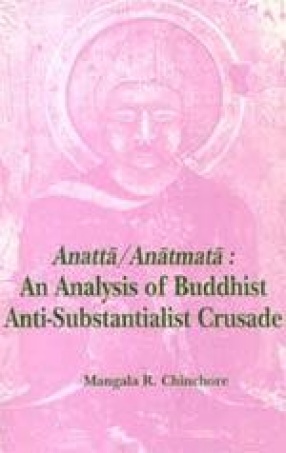
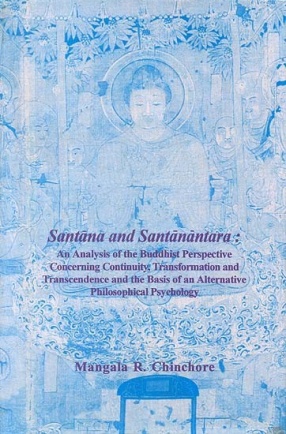
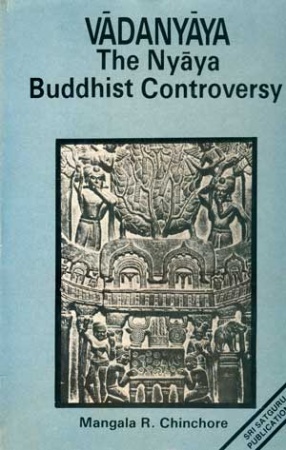
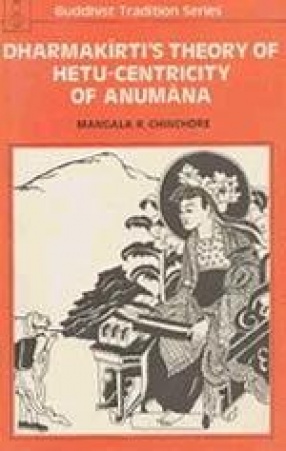
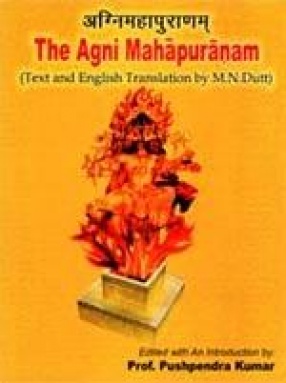

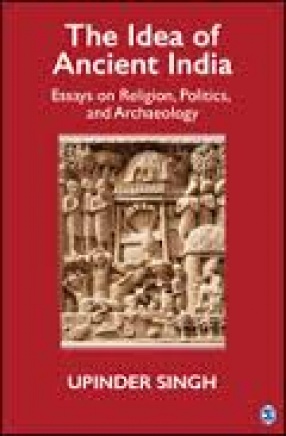
There are no reviews yet.